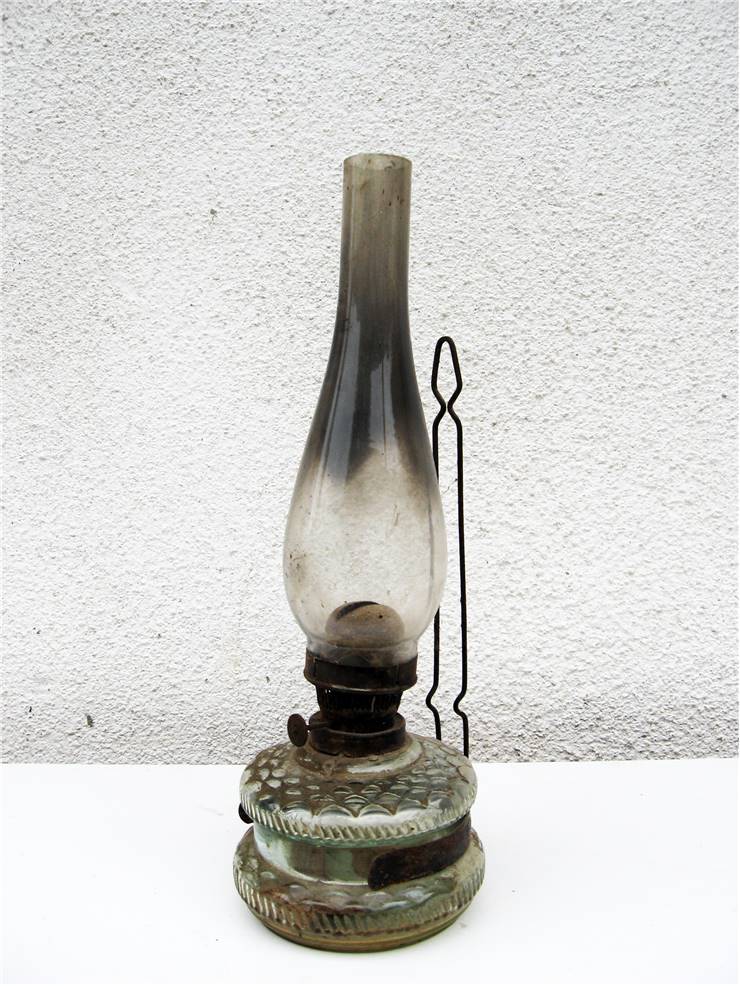History of Oil Lamps
After human race first tamed the fire and started to use it as a light source, a need appeared for a smaller, controllable flame - a more sophisticated solution, if you will. First such solution was an oil lamp some 70.000 B.C. Early humans used shells, hollow rocks or any nonflammable material as a container and in it some moss soaked in animal fat which they would ignite and it would burn with a flame.
As the industry developed so did the materials of which the oil lamps were made as well the fuel. First oil lamps of manmade materials were found in the Egypt, Greece and Rome and are considered probably the first mass produced objects in history. They were made from terracotta, bronze, stone and alabaster, in a shape of a dish that would hold oil and a place for a wick that would prolong burning and prevented the whole surface of the oil to catch fire. They were easier and safer to carry than torches, they were reusable and left less residues (to differ from candles). Olive oil was used as a fuel as well as sesame oil, fish oil, whale oil and beeswax. From the open dish, design changed to closed with a spout for a wick and from production on the pottery wheel to production in mould which gave better quality and enabled decoration of the lamps. That design stayed the same until the 18th century when Aime Argand, Swiss chemist, invented and patented “Argand Lamp”. His lamp consisted of container for oil as all the other lamps but had cylindrical wick to give larger surface for a larger flame and glass tube chimney around the flame to direct the draft, make a stronger flame and make lamp safer for carrying. Reign of the oil lamp lasted until the middle of the 19th century when kerosene lamp appears on the scene, but in some places endured well in to the 20th century especially in the places that got electricity late. Today it’s used as an ambient light or in religious ceremonies.

Use of oil lamp was always multifold. Beside its use in the home and for work (even as a main light in lighthouses) it found a large use in rituals of many religions from the beginning of written history. Ancient Egyptians lit thousands of oil lamps in temples, their homes and public places during the ceremony called Liknokaia in honor of goddess Naiff. They used oil lamps to illuminate statues of the gods as were the Greeks too. Romans lit the oil lamps before the prayer to symbol Vesta, goddess of home. In Judaism burning oil lamp symbolizes lightening the way for the righteous and the wise and all the positive values. In Christianity it symbolizes eternal life and the God himself. It is (for instance) lit when the church is consecrated and, ideally, would burn from that moment forever. In Islam, oil lamp is used as a parable for the God. Hinduism and Chinese folk religion also use oil lamps in their rituals as methods of illumination and as symbols.

